On a warm Friday afternoon, the water of Lake Lanier ripples beneath the breeze. Singing birds complement the sound of calm, steady waves blanketing the shoreline.
But the peace is brief. From around the bend, the deep roar of a wake boat slicing through the stillness echoes across the cove.
Within seconds, a surge of whitewater slams into the bank. Chunks of clay break loose, sliding into the lake with a soft splash. The wakes pull at exposed roots, leaving once-sturdy trees leaning at awkward angles.
Why It’s Newsworthy: There are growing concerns regarding shoreline erosion and how it impacts homeowners, wildlife, and recreation on Lake Lanier. This story tells people why and explores potential solutions for the future.
Washing Land Away
It’s a familiar scene for Captain Ron Mullins, who’s spent over two decades guiding fishing trips on Lanier.
“We see docks get knocked around all the time,” Mullins said. “And on weekends, it’s very common to see a distinct mud line in the water where there’s absolute mud getting washed in.”
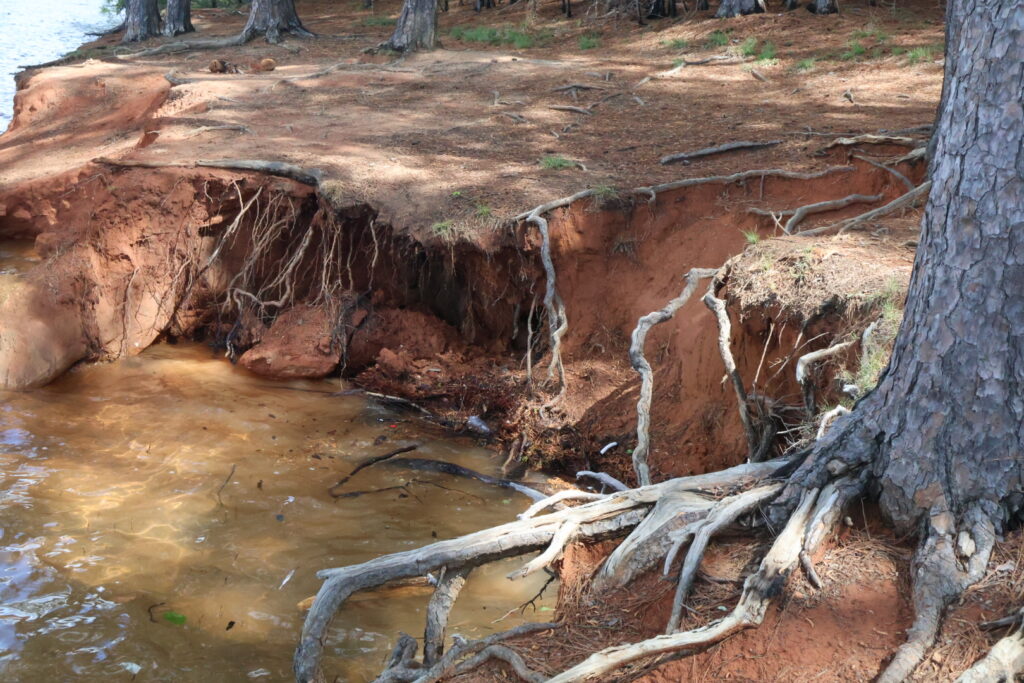
He pointed to one of the more striking examples: a small land mass that is almost gone, barely visible from the surface.
“There used to be an island that was really cool to go sit on,” Mullins said. “It’s a stick and a rock now— the island’s gone.”
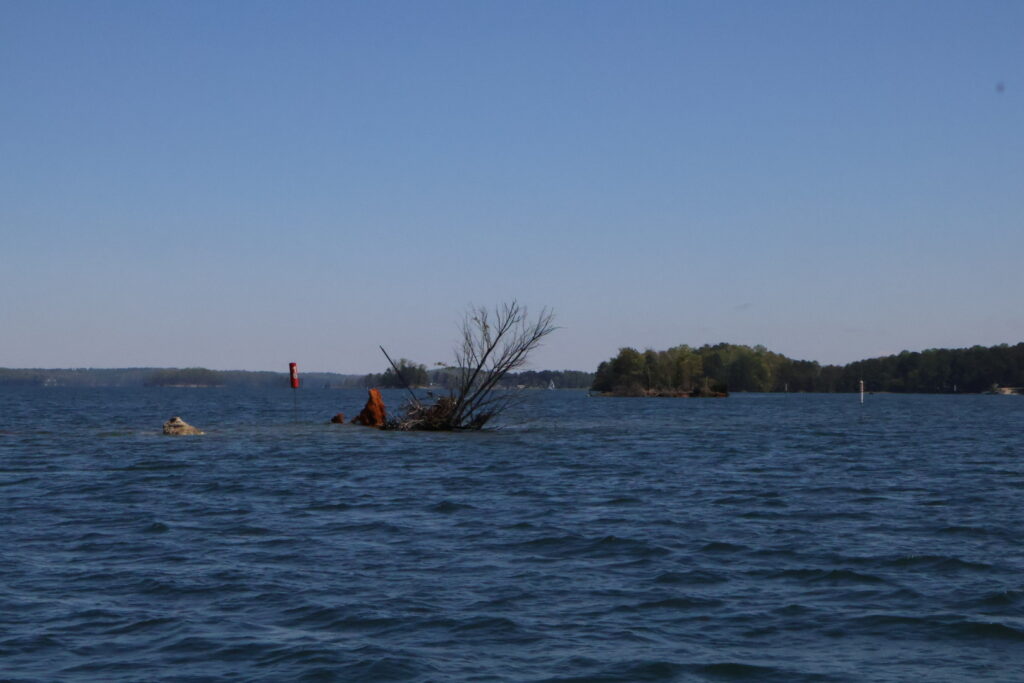
Lake Lanier’s Struggles
As high-powered wake boats rise in popularity on Georgia’s largest lake, longtime residents and lake professionals are seeing the toll on land. The waves these boats generate don’t just disturb the peace— they accelerate shoreline erosion at an alarming rate. With rising shoreline damage, maintenance costs, and safety concerns mounting, Lake Lanier is caught in the crosscurrent of recreation and preservation.
To combat the erosion, many lakeside property owners have turned to riprap: large, angular rocks placed along the banks to absorb wave energy and prevent further damage.
“Type III riprap is basically just armoring your shoreline for that high wind velocity or excessive boat wakes,” said Joshua Pile, an erosion control specialist for Pro Contractor Supply, a company that provides erosion control materials for Lake Lanier preservation. “It’s effective, and it does work.”
Pile explained that the U.S. Army Corps of Engineers (USACE) requires specific materials for shoreline stabilization projects, including nonwoven geotextiles and type III riprap.
“The geotextile fabric is permeable, meaning that it allows water to pass through while preventing the passage of soil particles,” he said.
While riprap is a reliable defense against erosion, its effectiveness depends on strategic placement and coordinated action. That’s where long-term planning efforts like Project Armor come into play.
Launched in 2014 by the Lake Lanier Association (LLA) in collaboration with the USACE, the initiative has already completed three phases — fortifying more than two miles of shoreline and protecting 12 islands from being fully submerged.
Pile outlined the next steps in the project’s future.
“Phase four will be Squirrel Creek, Wahoo, and on down. They’ll work a little bit up the Chattahoochee,” he said.
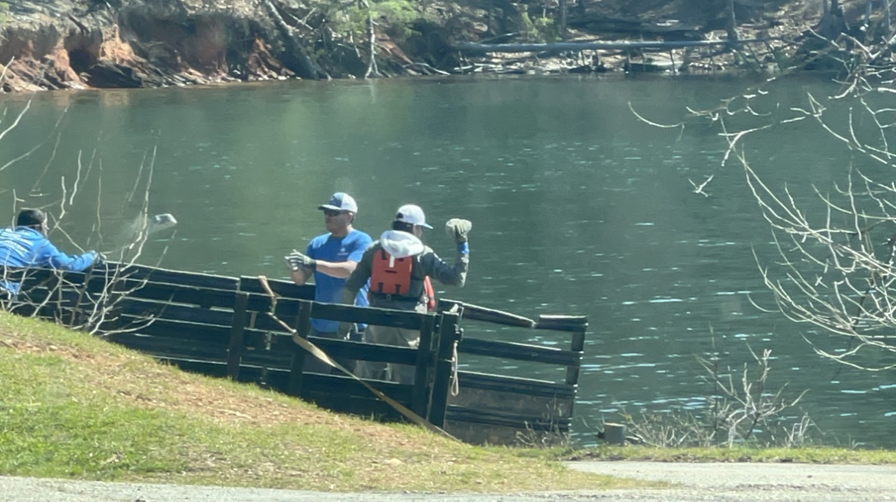
Moving Forward
Still, despite the engineering efforts and funding from local governments, Pile emphasized that physical barriers alone won’t solve the problem. He claims a conscious effort from wake boat users can help lessen the damage.
“Just because we have a boat doesn’t mean we need to ride 50 feet off the bank,” he explains. “Let’s have a little bit of awareness.”
Captain Mullins agrees.
“Wake boats are definitely creating a lot of stuff, but I think a lot of it is more education on how they’re using them, where they’re using them, and that kind of thing,” Mullins said.
To address this concern, Pile suggested a simple but potentially impactful solution: posting signage at boat ramps across the lake reminding boaters to be respectful of their surroundings and aware of the damage large wakes can cause.
“If 50% of people would read that, you know, I think they’d abide,” he said.
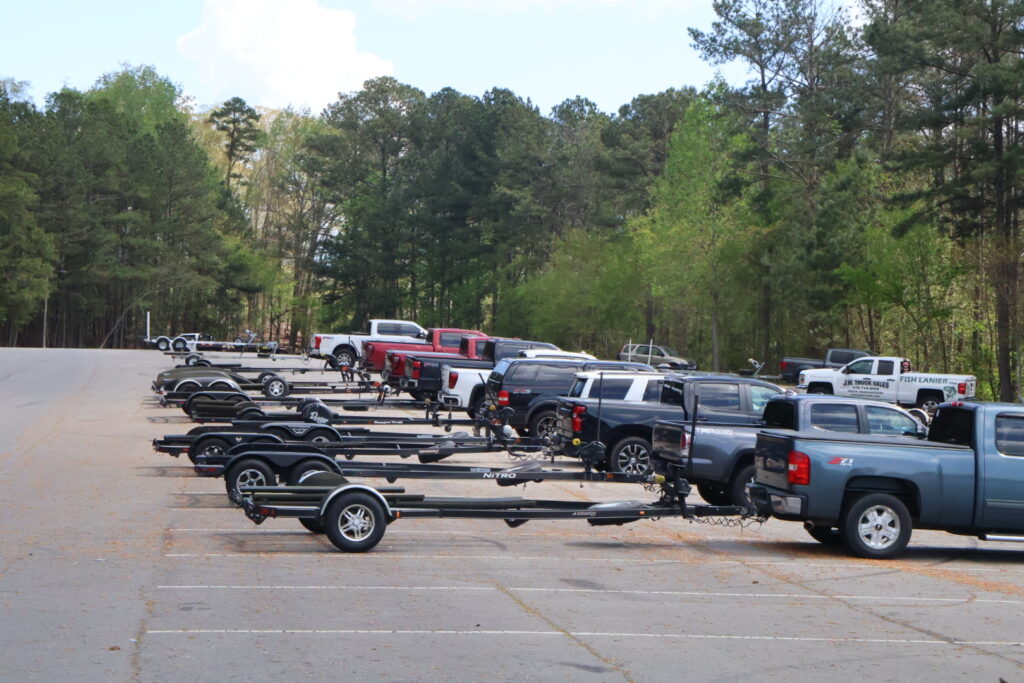
What Can Be Done
As efforts led by the LLA and USACE to combat shoreline erosion continue, those closest to the water agree that lasting change will require more than rocks and regulations. It will take a cultural shift — a willingness from lake goers to consider how their actions ripple beyond the wake.
For now, the waves keep crashing and the shoreline continues to erode.
Charles Benson is a fourth-year student majoring in journalism.


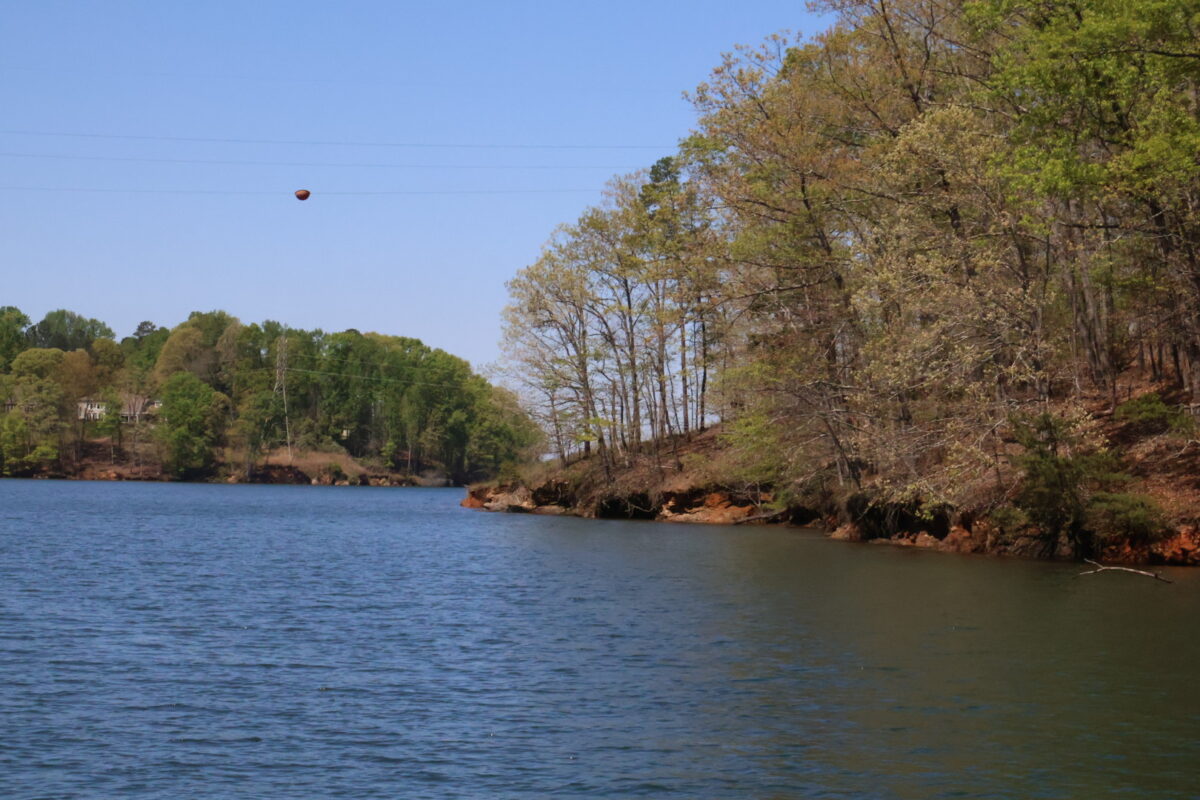





Show Comments (0)